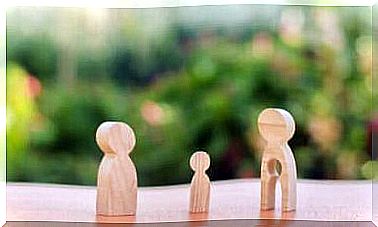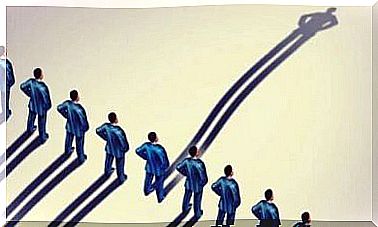Five Manifestations Of Disguised Aggression

When it comes to aggression, we can refer to two different types: the open one and the masked one. In the case of open aggression, aggressive behavior is given directly: it is visible and concrete.
In the case of disguised aggression, the aggressor’s behavior is implemented through a more subtle, hidden mechanism, or in other words, it is disguised and deceptive, that is, it involves a high degree of manipulation.
The main difference between one and the other lies in the way in which the real intentions of the attacker are manifested. In this article we will show you five signs that will allow you to identify disguised aggression.
Five manifestations of disguised aggression
1. The lie: when the truth is close to us
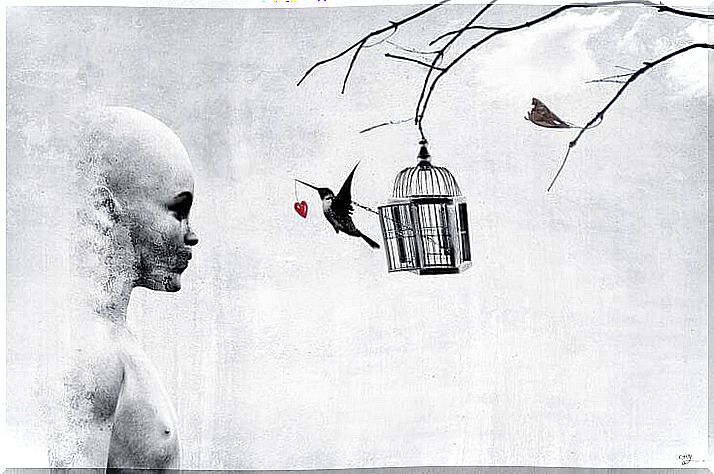
This is perhaps the most obvious manifestation of masked aggression, that is, the most common method of raping the other person, determined by the action of falsifying, for better or for worse, a truth concerning him.
Hiding something from someone, whether it is done openly or in silence, sometimes manifests the fear or desire of not wanting to face reality. All presumably without the permission or consent of the other person, thus representing a real aggression, more or less serious depending on the size of the lie.
Consequently, once the truth comes out, conflict occurs, which brings to light the existence of an underlying aggression. If this were not the case, there would be no room for misunderstanding.
The mechanism described reflects the fact that the truth is greater than us and ends up overwhelming us. There are many social relations based on such a vicious circle, and which are gradually deteriorated by it, sometimes to the point of disappearing.
2.The fault: being a victim of oneself
It is the process by which we play the role of “victims” within any conflict situation. We want or feel the desire to become the objects of a real “injustice”, caused by the other person or group of people involved in the dispute.
It is a method typically used to evade one’s responsibilities, since, by positioning oneself in a context of vulnerability and abandonment, the only possibility that remains to get the better of the debate is to insinuate the sense of guilt in others. A fault that often ends up turning out to be the most damaging part of the whole affair.
The script is always the same: if I show myself, more or less consciously, as the victim of the situation, others will feel compassion for me and will indulge all my most insignificant whims.
Paradoxically, the weak takes on the role of the stronger: his weakness increases his power. Making others feel guilty obviously “works”, but it is a hidden aggression, a form of manipulation.
3. To ridicule: use your power to ridicule
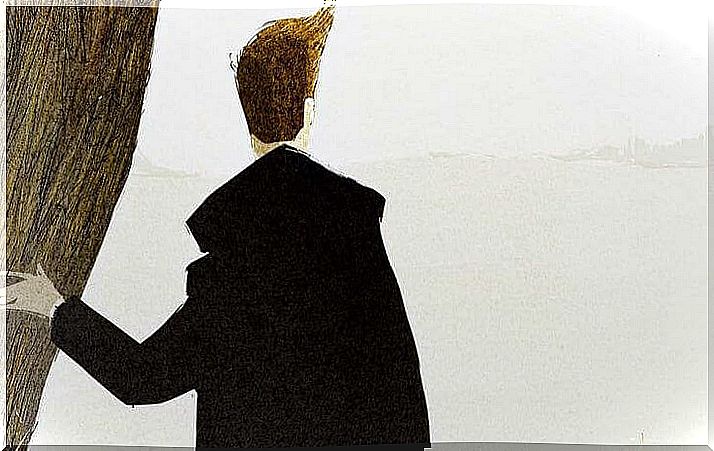
This happens when we minimize someone’s state or human condition, perhaps in order to appear better than him / her or to ridicule him / her, hiding any resentment or rejection felt towards him / her. It is a power that the arrogant exercises at the expense of someone else’s weakness, error or deficit.
Every time we force another person to feel ashamed, in fact, we are using aggression to annihilate them, even crushing them. This may be due to a need to feel better than others, as well as a feeling of rejection towards that person. Sometimes even for both reasons.
For example, when you make fun of another person by making a fool of them in public, even if you try to pass the act off as a mere joke, you really want to hide your true intentions; the underlying reason may be the desire to overwhelm that person in order to attack them.
4. Seduce: playing falsely with the ego of others and your own
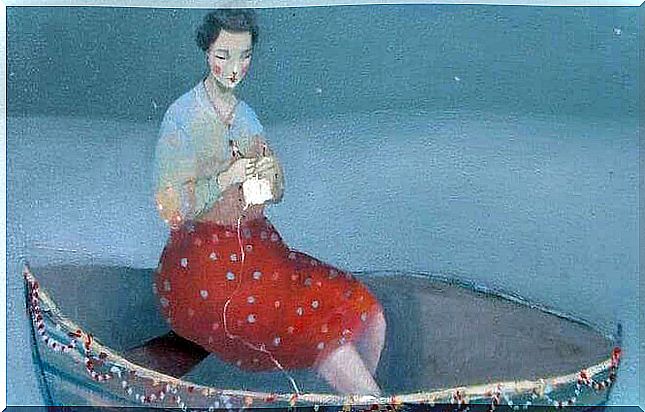
It happens when we flatter or impress another person to achieve our goals: we take advantage of any weakness, usually related to an individual’s ego, to gain personal advantage.
Aggression does not manifest itself in “pleasant” moments in the company of that person, but rather in the moment in which you “play” with his feelings, masking a certain situation to obtain a shady and selfish goal.
We therefore enter into the merits of the ambivalence of one’s own ego and that of others, based on a lie – when the other person believes he is who he is not – or on a presumed truth that the other resizes.
It is, without a doubt, an absurd “game” that will not have a happy ending and that will lead to defeat for both. Masked aggression is once again given by intention, manipulation and, consequently, the willingness to use people as objects or means to achieve one’s goals.
5.The absence: when I seem here, but I’m not there
In the latter case, even if the person is physically present, from a cognitive or mental point of view, on the other hand, he appears distant from the conflict situation, in an evident attitude of “ I don’t care at all ”. In other words, “you can go and have your say or complain from someone else”.
Such an attitude goes hand in hand with other tendencies, such as maintaining silence, avoiding eye contact with the person, feeling annoyed at the idea of having to listen or react to what the other says, or simply respond with phrases. very short, which mean little and which contribute nothing to the topic of discussion.
Finally, it should be stressed that the context of a disguised aggression, ie the attitudes of a “good manipulator”, will never be obvious. Those who manipulate have something to hide and need something that they cannot or cannot achieve by their own means.

Images courtesy of Jennifer Healy
